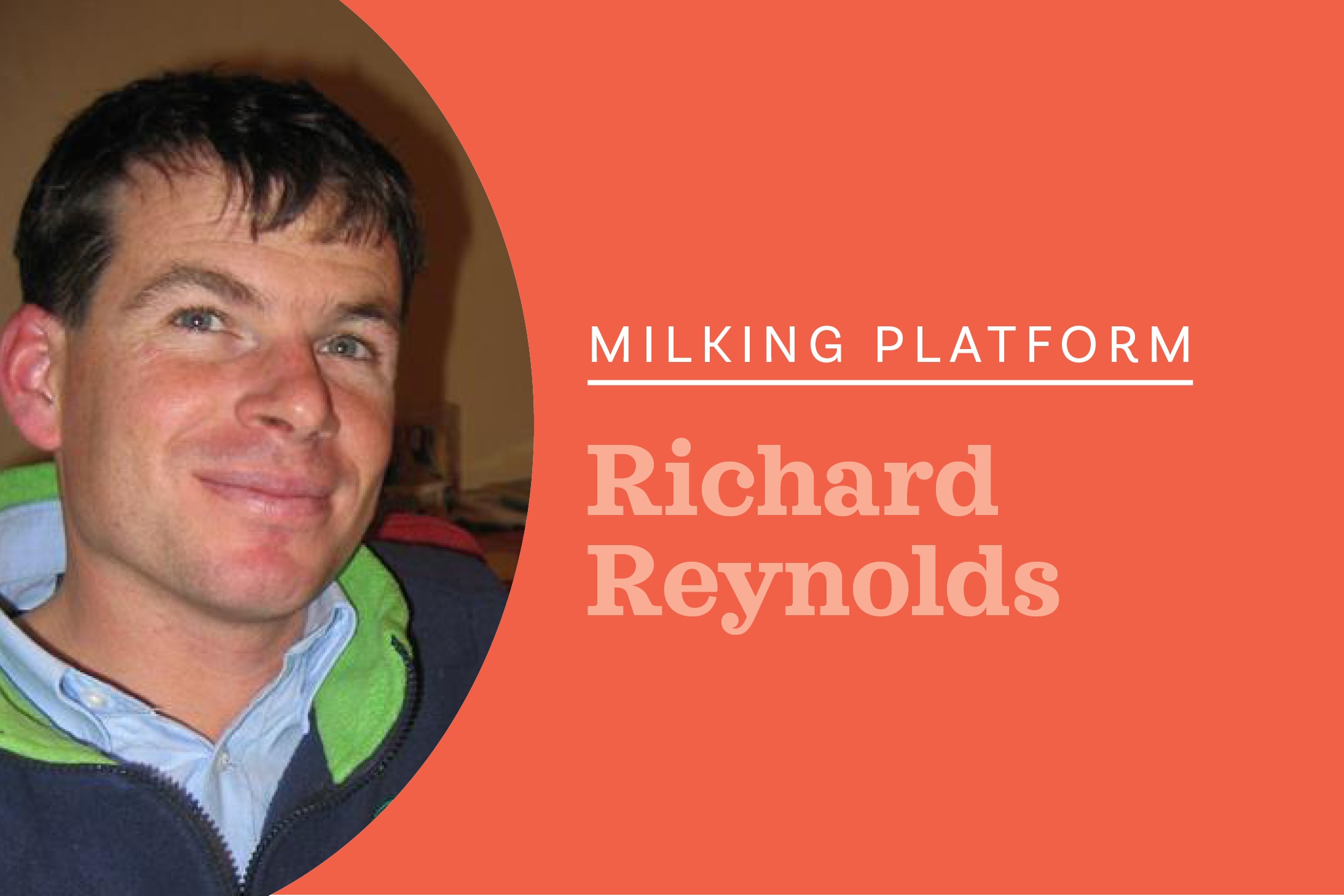We can learn from New Zealand Women’s Rugby’s Black Ferns team’s turnaround from being almost written off to all-conquering, writes George Moss.
 The Black Ferns were the tonic we all needed, not just because they won the Women’s World Rugby trophy, but for the absolute joy they brought to rugby, their personal happiness and their self belief without arrogance.
The Black Ferns were the tonic we all needed, not just because they won the Women’s World Rugby trophy, but for the absolute joy they brought to rugby, their personal happiness and their self belief without arrogance.
I have to confess to shedding a tear of pride when Ruby Tui led Tutira Mai Nga Iwi, a song of standing together and unity. Such is the pride and engagement engendered that there are now many young people wanting to take up rugby. Positivity and belief is infectious – we can learn from their journey from being almost written off to all-conquering.
The season continues to be challenged with significantly less silage made so far, with production being slightly behind (<1%) on one farm and slightly ahead daily on the other. Submission rates have been well in the 80%s where intervention used and low 80s without intervention.
Have looked at purchasing silage to bridge the gap. Cost of purchased silage itself is reasonable but depending on distance freight can add $60 to $70 per bale. Hence, there is going to be a rethink if serious surpluses do not arrive soon. The rise in farm costs is staggering and we only hope we can keep them under $5.50/kg MS but I’m not optimistic.
Like every other farmer, we have been closely watching the developments with He Waka Eke Noa. Now with some suggested costs for gases available, we have been able to get a good estimate on both the per hectare cost and total cost across the enterprises. We made no reduction for any carbon sequestered.
Using last year’s OverseerFM figures, the home farm (dairy plus beef operation) cost per hectare is $56.35 and the other farm cost per hectare is $69.27. Both farms are using the highest methane cost for the calculation. Absolute cost in total is just on $10,000 which equates to about 7% of the increase in our interest bill.
There are changes that need to be made to the Government’s proposal, namely pricing should be delinked from the NZ units on the ETS, we need to control how the levy received is spent and have flexibility around that and we need to be able form collectives so that individuals can work together for mutual benefit. The fact that Iwi are disproportionately impacted needs to be addressed.
I have said it before, regardless of what we think of the He Waka proposal, the markets will be the arbiters on our progress in reducing our footprint.
AirNZ ‘s chief executive Greg Foran is pushing hard to have the fleet well on track to decarbonisation by 2030 potential using electric planes for very short haul, hydrogen planes for longer internal flights (aka Auckland to Wellington) and biofuels for the really big jumps. Clearly, given the huge cost involved and risks involved as a first mover they have decided that the status quo is not a long-term viable option and have chosen to lead.
Fonterra at its annual meeting forewarned of the market and financing risk if we do meet sustainability expectations. Banks are already pricing “footprints” in interest pricing. I absolutely accept this is a difficult space to operate in and manage but I do not accept the notion that it can’t be done – our own operations have weaknesses that need addressing.
The question is whether we approach the challenge with positivity and self-belief attracting others to NZ’s premier sector (and we are in desperate need of new blood and energy) or whether we talk ourselves into a negative space undermining wealth and opportunity and, worse still, affecting the “top paddock”.
Just imagine a headline, that reads “the world-leading farmers contribute to climate cooling” – surely this would appeal to the highly aware consumers wanting guilt-free nutritious food and those people wanting to be part of a winning team.





